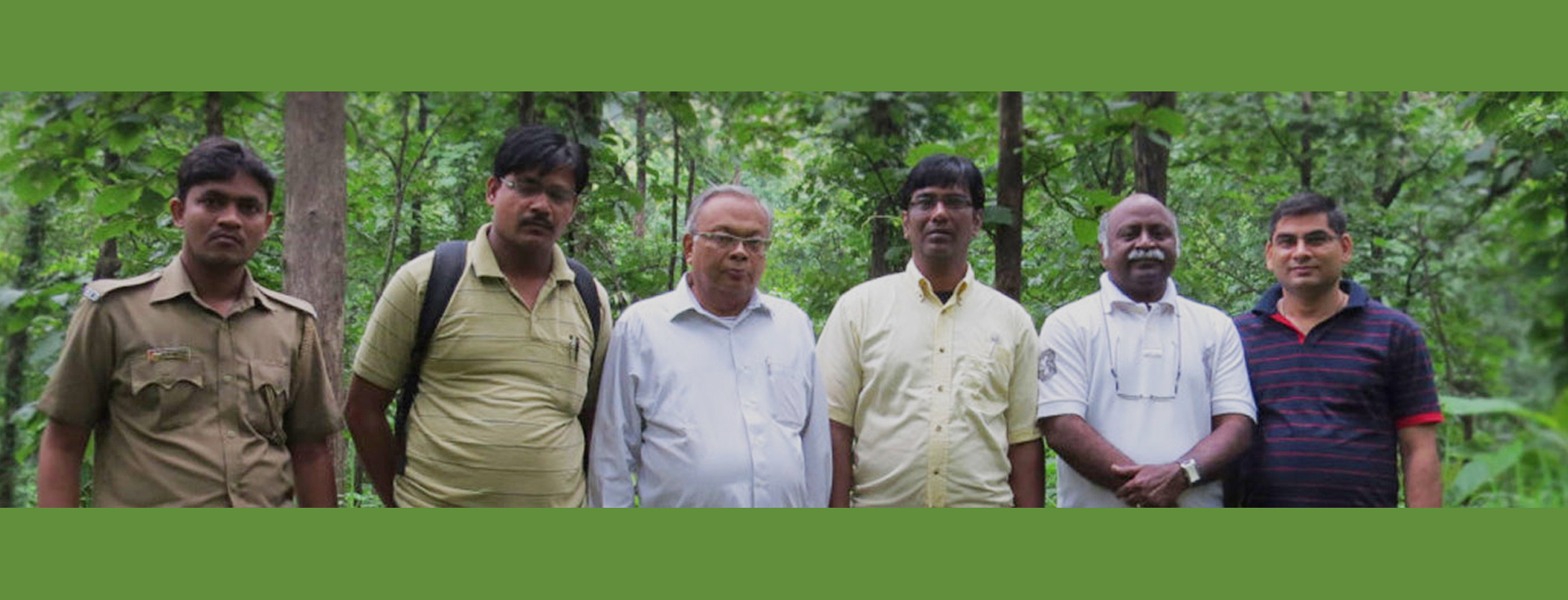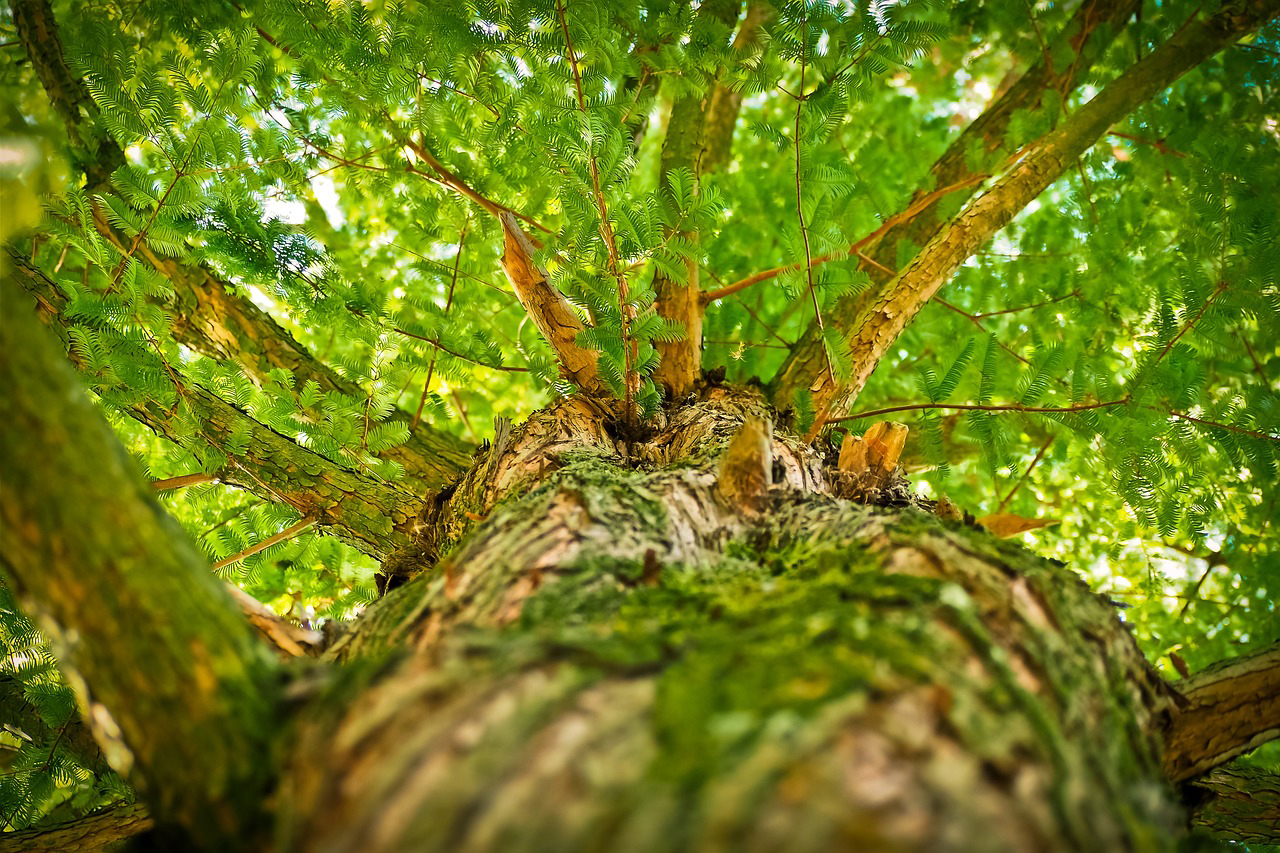Archana Mahakalkar
I was working in LMCG between 2011-2015 as a UGC-Women postdoctoral research fellow before joining Govt. Institute of Forensic science at Mumbai as Assistant Professor in 2015. During my tenure at LMCG, I worked on genetic diversity of W.bancrofti-a nematode causing infectious disease called as elephentiasis spread by mosquito bite. I was using RAPD-PCR and sequencing to underpin the nematode diversity in samples
obtained from 11 districts of Vidarbha, a region considered as hot spot of elephentiasis.Currently, I am exploring to stretch my research interest to forensic studies here in Mumbai.




